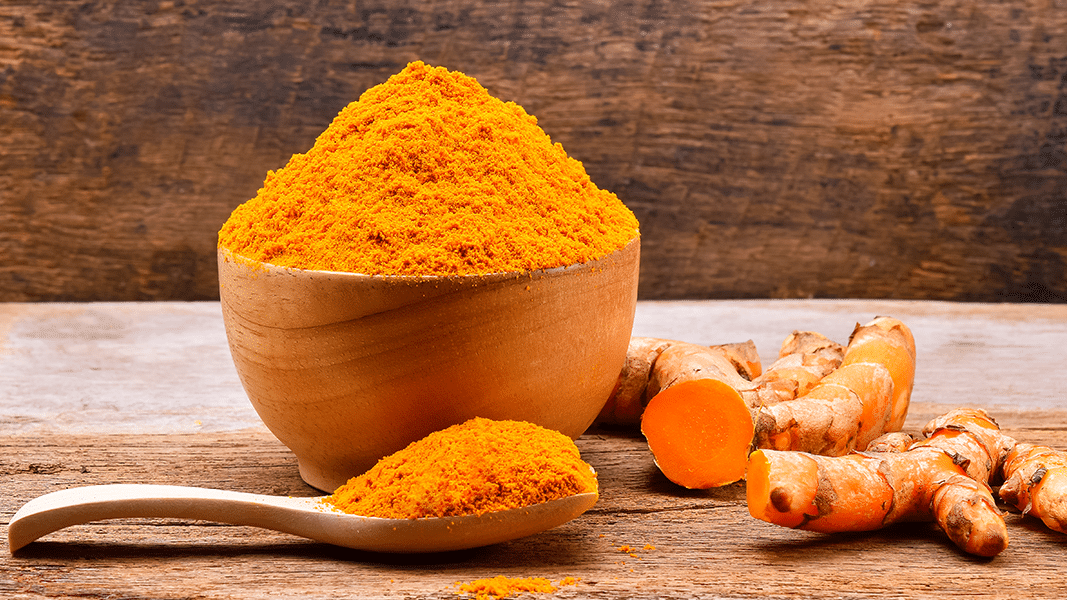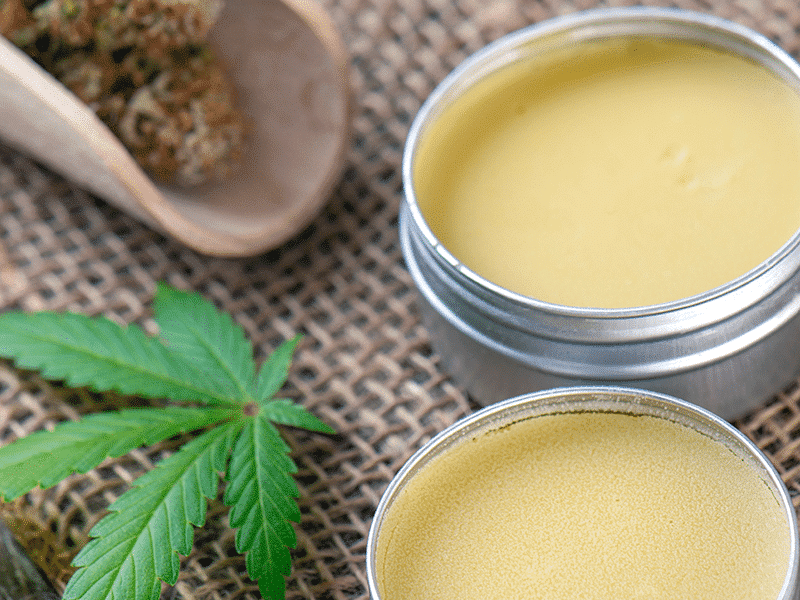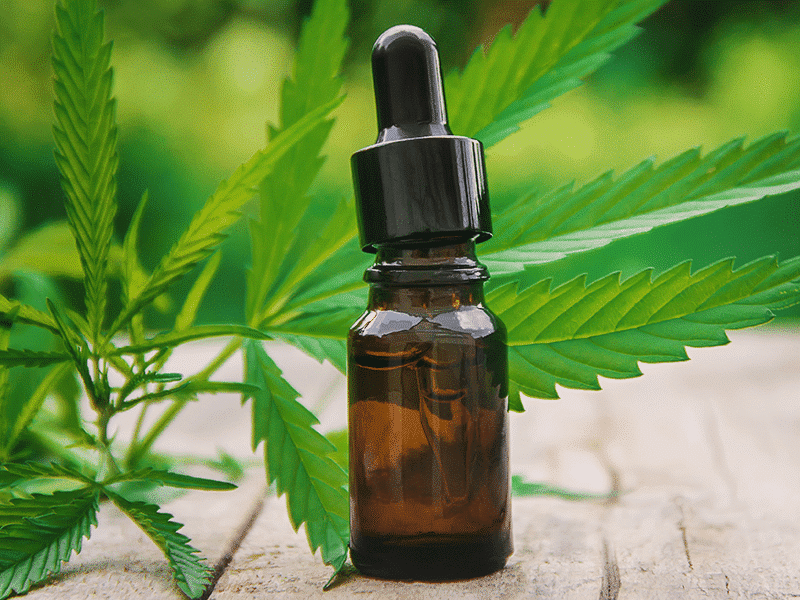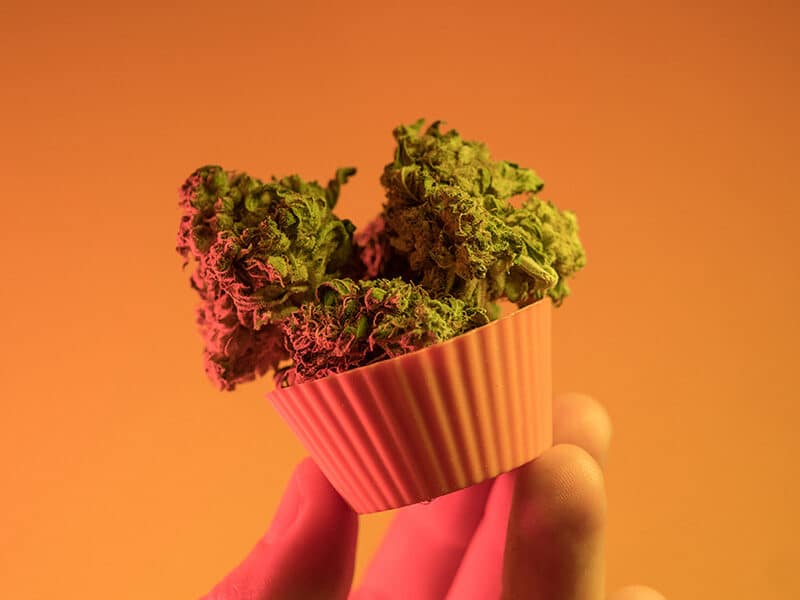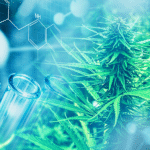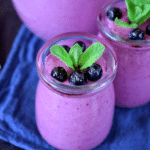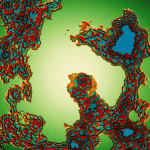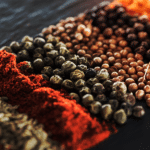According to Dr. Joseph Maroon, a professor at University of Pittsburgh Medical Center, CBD’s anti-inflammatory and analgesic properties can help with pain conditions that might otherwise be treated with OTC drugs. A 2018 review of studies on cannabis and neuropathic pain found that those taking cannabis medicines achieved 50% or greater pain relief compared with placebo. This tincture combines CBD with other powerful anti-inflammatory herbs to help relive persistent pain.
Equipment
- Spice grinder
- 3 wide mouth canning jars with tight fitting lids
- Fine mesh strainer or cheese cloth
- Optional: coffee filter or paper funnel
- 1 or 2 ounce amber glass bottles
Ingredients
- 1/4 to 1/2 ounce CBD-rich flowers from (cannabis or hemp) raw or decarboxylated1
- 1/4 ounce dried ginger
- 1/4 ounce turmeric powder
- 1/4 ounce dried boswellia
- 1/4 ounce dried white willow bark
- 1/2 teaspoon of ground black pepper
Directions
- Grind the herbs.
- Place all plant matter in a wide-mouth pint or quart jar.
- For the slow alcohol tincture method: Place jar in a dark, dry place and shake every 2-3 days, adding more alcohol as needed to cover the herbs over a 4 to 6 weeks period.
- For the fast alcohol tincture method: Heat a deep pot filled with water to 170°F. Place the cannabis/alcohol jar in the pot and allow to heat for 30 minutes to an hour, keeping the temperature stable. Remove from the pot and let cool for at least an hour.
- For the glycerine tincture method: Place a washcloth or folded towel in the bottom of a crockpot and fill halfway with warm water. Put sealed jar of glycerine and herbs in the crock pot, place the lid on top if it still fits (otherwise drape a kitchen towel over it) and set to warm for 24 hours. Shake occasionally to disperse ingredients. Use a pot-holder to take the jar from the crockpot and allow to cool for at least an hour (see finishing, below).
- To finish the tincture base: Place a fine sieve or several layers of cheesecloth secured with a rubber band over a clean bowl and strain out plant material. With clean hands twist the cheesecloth and squeeze remaining liquid from the herbs. If more clarity is needed, cover and allow to settle overnight and then strain again through a coffee filter.
- Use funnel to decant into small one-ounce or two-ounce bottles.
- Label, date and store in a cool, dark place.
Dosage
For most herbal tinctures, adult dosages are typically 30-60 drops in water or tea, three times a day as needed. If you used whole plant cannabis flowers in the recipe (especially with THC in the mix), you’ll want to take things more slowly. Start with the lower dosage, see how you feel, and adjust accordingly.
Other Home Remedy Recipes
- CBD Topical Base Oil
- Anti-Itch Cream
- Antibiotic Salve
- Inflammation & Pain Balm
- Sleep Aid Tincture
- Stress Relief Tincture
Melinda Misuraca is a Project CBD contributing writer with a past life as an old-school cannabis farmer specializing in CBD-rich cultivars. © Copyright, Project CBD. May not be reprinted without permission.
Footnotes
- How and why to decarboxylate cannabis: Decarboxylation entails heating cannabis to convert the cannabinoids into a different form. While the conventional wisdom has been that this process increases the bioavailability of CBD and THC, more recent science has shown that cannabinoids also confer significant therapeutic benefits without decarboxylation. To decarb, preheat oven to 220 degrees Fahrenheit. Grind dried cannabis flowers to a fine consistency in the spice grinder. Spread on a parchment-lined baking sheet and bake for 45 minutes. Let cool.
Recommended Readings
Recipe for CBD Pain Relief Balm
Many plants can help soothe sore muscles and joints.
Recipe for Sleep Aid Tincture
A one-to-one ratio of CBD-to-THC can be very effective for sleep.
Decarboxylating Cannabis
Why does eating a raw cannabis bud not get you high but eating a THC edible does?

